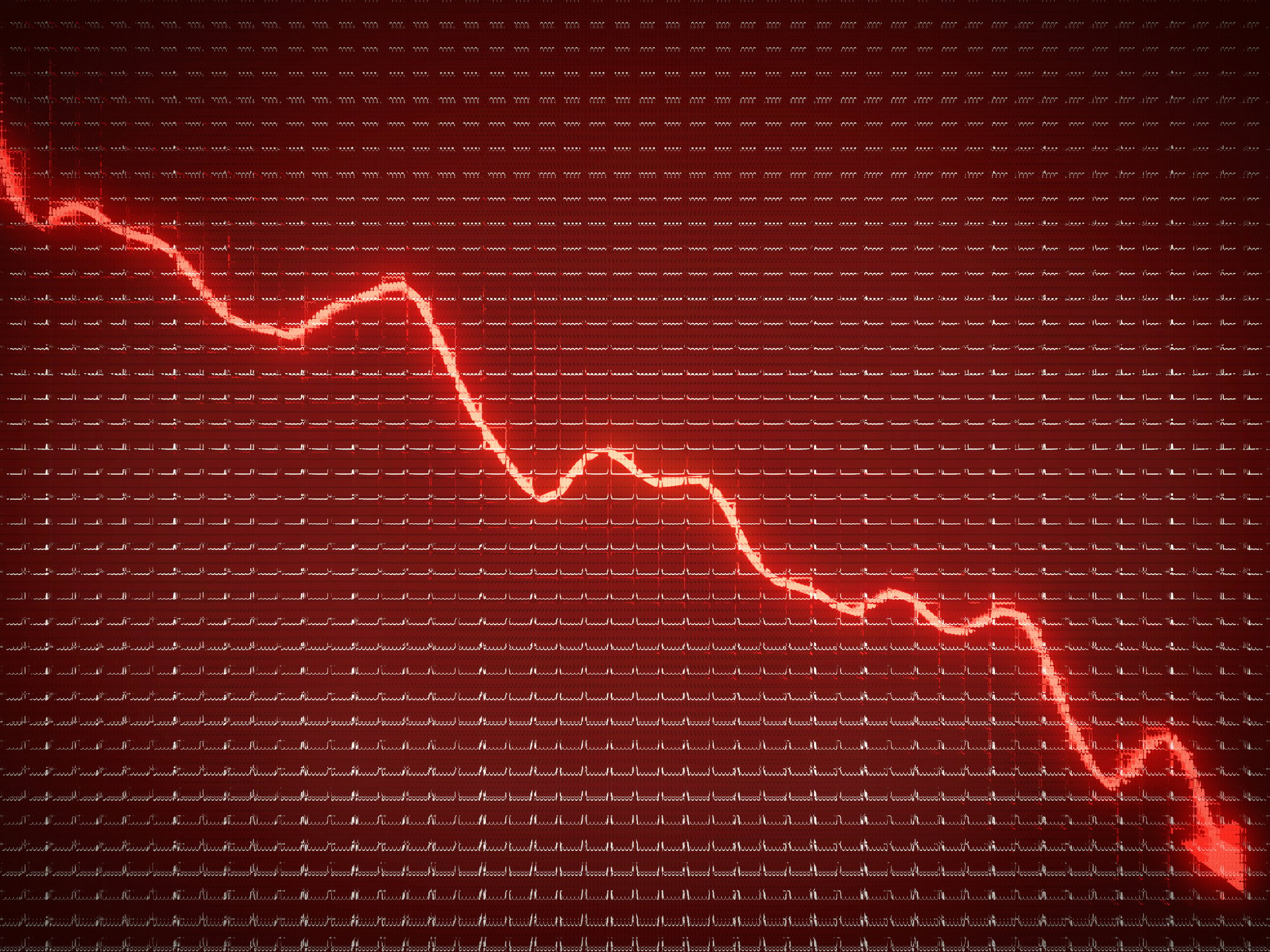It's been a rough year for many fiber optic companies, which were once considered strong plays on the "super cycle" in network infrastructure upgrades. The bulls claimed that demand would be fueled by an ever-increasing amount of data being used for media streaming, cloud-based apps, and other cloud services.
Unfortunately, unpredictable spending patterns at service providers and a slowdown in China skewered many top plays in that market, including Infinera (INFN +0.00%) and Acacia Communications (ACIA +0.00%). I compared these two stocks back in March, and concluded that Acacia's stronger growth figures made it a more appealing investment than Infinera.

Image source: Getty Images.
Unfortunately, investors would have been better off avoiding both stocks. Since that article was published, shares of Infinera and Acacia respectively dropped 36% and 26%. Should investors still avoid both stocks at these levels? Let's compare their businesses to find out.
How do Infinera and Acacia make money?
Infinera generates most of its revenue from Long Haul Wave Division Multiplexing (WDM) and subsea optical transmission systems for service providers. These systems enable carriers to boost the capacity of their long-distance networks without laying down additional fiber.
The company uses a proprietary PIC (photonic manufacturing circuit) process, which gives it a cost advantage against many of its direct competitors. A smaller percentage of Infinera's revenue comes from its newer metro WDM and data center interconnect (DCI) solutions, which boost the capacity of networks over much shorter distances.
Acacia serves the long haul, metro, and DCI markets with its coherent interconnect products. These products, which also boost the capacity of networks, are better suited for newer software-defined networking (SDN) solutions, which rely on less powerful hardware tethered to cloud-based services.
Acacia's main advantage in this market is its 400G chipset, which is smaller, denser, and more power-efficient than many rival products. Unlike Infinera, Acacia generates most of its revenue from the higher-growth metro and DCI markets.
Which company is growing faster?
Infinera's revenue fell annually for four straight quarters before finally rebounding 4% last quarter. That weak growth was caused by service providers favoring metro and DCI upgrades over long haul WDM connections, as well as sluggish sales in China.
Infinera's rebound last quarter was attributed to growing demand for its Infinity Capacity Engine (ICE4) products, which can deliver a "super-channel" capacity of up to 2.4 terabits per second over a distance over 12,000 kilometers.
Other catalysts include a potential recovery in long haul WDM demand in the second half of 2017, the deployment of its Cloud Xpress 2 DCI solution for Netflix, and a restructuring plan which will cut annual costs by about $40 million. Analysts expect Infinera's revenue to fall 16% this year, but rebound 8% next year as those catalysts kick in.

Image source: Getty Images.
Acacia posted steep double-digit revenue declines for two straight quarters due to soft demand in China on slower provincial buildouts and delayed shipments due to a "quality issue." Acacia's results also suffered from tough comparisons with the triple-digit sales growth it reported throughout fiscal 2016.
Looking ahead, Acacia CEO Murugesan Shanmugaraj stated that the company's "near-term visibility in China remains challenging," but that the "long-term growth trends in China remain strong" on video and 5G-related upgrades
As a result, Acacia's future looks similar to Infinera's. Analysts expect its revenue to fall 19% this year, but rebound 12% next year.
Which company is more profitable?
Infinera is expected to finish this year with a loss of $0.54 per share, but recovering sales could narrow that loss to $0.19 per share next year. Acacia's earnings are expected to fall 46% to $1.73 per share this year, followed by a milder 3% decline to $1.67 next year.
Infinera doesn't have a P/E multiple, but its P/S ratio of 1.4 is slightly lower than the industry average of 1.9 for communication equipment makers. Acacia trades at 14 times earnings, compared to the industry average of 37, and 3.9 times sales. However, its forward P/E of 22 looks a bit higher due to its waning earnings growth.
The winner: Acacia Communications
I personally wouldn't buy either Infinera or Acacia, since they're both under tremendous cyclical pressure. However, Acacia is clearly the healthier play than Infinera thanks to its higher exposure to the metro and DCI markets and stronger profitability.






